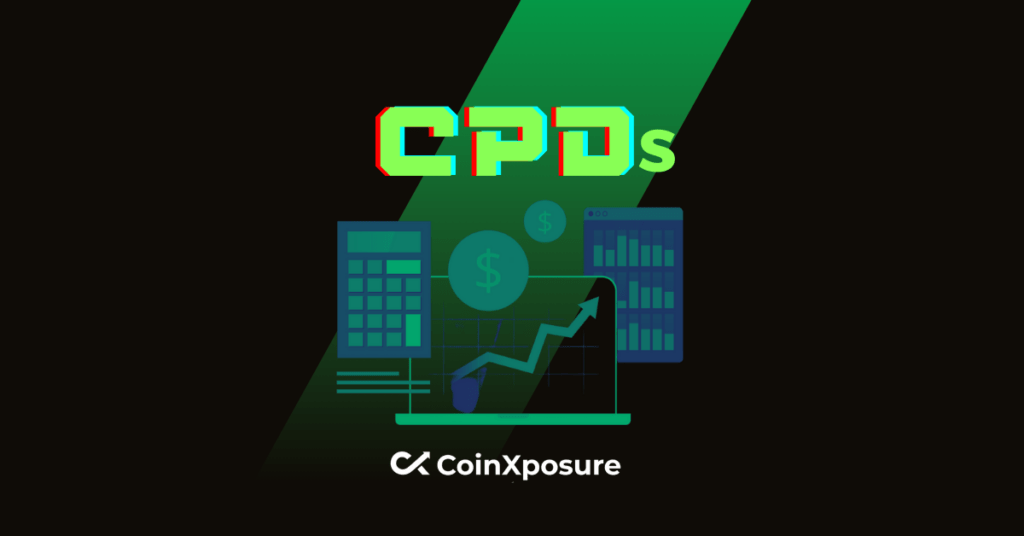Collateralized Debt Positions (CDPs) enhance our interactions with Decentralized finance by providing flexibility and security. This article explains all about Collateralized debt positions in DeFi.
The Collateralized Debt Position (CDP) is one instrument that has received a lot of interest, especially in decentralized finance.
Collateralized Debt Positions are a sophisticated financial mechanism that enables users to create stablecoins or other digital assets by leveraging their cryptocurrency holdings.
What are Collateralized Debt Positions (CDPs)?
Collateralized Debt Position is a sort of debt managed by a smart contract system on the Ethereum blockchain.
The CDP is a vital component of the DAI Stablecoin System, allowing for the generation of DAI against escrowed collateral maintained until the borrowed DAI is returned.
Any user who wants to borrow DAI can deposit ETH into a CDP. Once escrowed, the user can generate DAI based on their deposit amount.
When the user repays some or all of the lent DAI, the escrowed ETH can be withdrawn proportionally. If CDP owners maintain the minimum Collateralization Ratio, they can withdraw or deposit excess collateral.
Note that Collateralized Debt Positions must be overcollateralized. The collateral value in a CDP must be greater than the amount of debt, ensuring DAI users that their DAI is valuable and fully backed by actual assets.
A CDP provides a decentralized way for cryptocurrency lending and stablecoin issuance using smart contracts.
It allows users to get stablecoins in return for depositing other cryptocurrencies as collateral, with over-collateralization required to mitigate cryptocurrency market volatility.
Unlike typical loan arrangements, platforms like the Davos Protocol use a mint-and-burn strategy for stablecoin issuance and repayment, avoiding conventional liquidity pools.
How Does Collateralized Debt Positions Work?
A CDP functions similarly to a loan. Users provide collateral in the form of ETH (or any other assets the firm may take in the future) to create Dai, which comes from the pool of cash in MakerDAO’s token, MKR.
This is accomplished via Ethereum smart contracts, so borrowers cannot game or manipulate the system.
To own a CDP, an individual must deposit the amount of ETH they want to use as collateral.
The calculation for the maximum amount of Dai created is the total value of your collateral divided by 1.50, which comes from a CDP’s minimum collateralization ratio of 150%:
Total Collateral Value / 1.50 = Maximum Dai Generated.
For example, if ETH is worth $100 and you deposit one ETH, you can create up to 66 Dai. If the value of ETH grows to $200, you can generate an additional 66 Dai, but your debt will also increase.
In a bear market, borrowers must pay their loans to maintain the 150% collateralization ratio and prevent liquidation.
CDP holders pay a stability fee when they generate Dai and close their accounts. MKR token holders choose the charge via a voting procedure.
The funds raised from stability fees are then utilized to buy back MKR from the market and burn. This prevents Dai overinflation by reducing supply, also called a deflationary strategy.
Key Steps in the Operation of Collateralized Debt Positions
The key steps involved in the operation of collateralized debt positions are:
- Collateralization
- Debt issuance
- Managing the positions
- Liquidation
Collateralization
Users place their cryptocurrency holdings in a smart contract as collateral. The smart contract determines the value of the collateral based on the market price and applies a collateralization ratio.
Debt Issuance
Once the collateral has been locked up, the smart contract generates stablecoins or other tokens based on the collateral’s value and the appropriate debt ratio. Users can then withdraw the stablecoins.
Managing the Position
To ensure proper collateralization, users must check their CDPs. If the collateral value falls below a particular threshold (collateralization ratio), customers may need to submit additional collateral or return a portion of the debt to prevent liquidation.
Liquidation
If the collateral’s value falls below a crucial threshold, the smart contract may automatically liquidate the CDP, selling the collateral to satisfy the outstanding debt and associated costs.
Moving forward, let’s see the benefits of collateralized debt positions.
Benefits of Collateralized Debt Positions
There are various advantages to employing collateralized debt positions (CDP) in the cryptocurrency space:
- Access to credit
- Liquidity
- Decentralization
- Flexibility
- Lower borrowing costs
- Reduce volatility
Access to credit
CDPs allow users to borrow funds without the requirement for a traditional credit check or a bank account, making it easier for people who do not have access to traditional lending choices.
Liquidity
CDPs can let users access capital without having to liquidate their assets. This is especially advantageous for customers who expect the value of their investments to rise in the future.
Decentralization
CDPs are constructed on decentralized platforms, which increases transparency while lowering the danger of censorship and fraud.
Flexibility
CDPs allow customers to borrow against various assets, including cryptocurrencies and stablecoins.
Lower borrowing costs
CDPs are often less expensive than traditional lending choices since they are not subject to the same regulatory constraints.
Reduce volatility
Issuing a stablecoin as debt can be utilized as a means of exchange, lowering volatility in the cryptocurrency market.
Aside from the benefits of collateralized debt positions, let’s also look at their associated risks.
Risks Associated With Collateralized Debt Positions
There are many risks associated with collateralized debt positions in cyberspace. Some of these are:
- Volatility risk
- Liquidation risk
- Smart contract risk
- Liquidity risk
- Counterparty risk
- Regulation risk
- Risk of hacking
Volatility risk
The value of assets used as collateral in a CDP might be highly variable, culminating in a situation where the value falls below the legal threshold, necessitating liquidation.
Liquidation risk
If the collateral value falls below the required threshold, the CDP smart contract may automatically liquidate the collateral to satisfy the loan, causing considerable losses for the customer.
Smart contract risk
CDPs are based on smart contract technology and are prone to faults and vulnerabilities. If the smart contract is not properly inspected or deployed, it may exhibit unexpected behavior and result in financial loss.
Liquidity risk
CDPs can provide liquidity determined by market buy and sell orders. Users with limited liquidity may require assistance in disposing of their assets or must accept a reduced price.
Counterparty risk
Although CDPs are established on decentralized platforms, a third party still carries out risk management. Users’ assets and finances may be jeopardized if the platform or its operators go bankrupt or disappear.
Regulation Risks
CDPs operate in a decentralized and unregulated environment, which implies that users have no legal protection in the event of fraud or misconduct.
Risk of hacking
Like any other internet platform, CDPs are vulnerable to theft and hacking. Users must take precautions to keep their accounts and investments safe.
Let us look at some of the collateralized debt positions on platforms.
Top Collateralized Debt Positions Platforms
Some of the top collateralized debt position platforms are:
- MakerDAO
- Raft finance
- Lybra finance
- Curve finance
MakerDAO- DAI
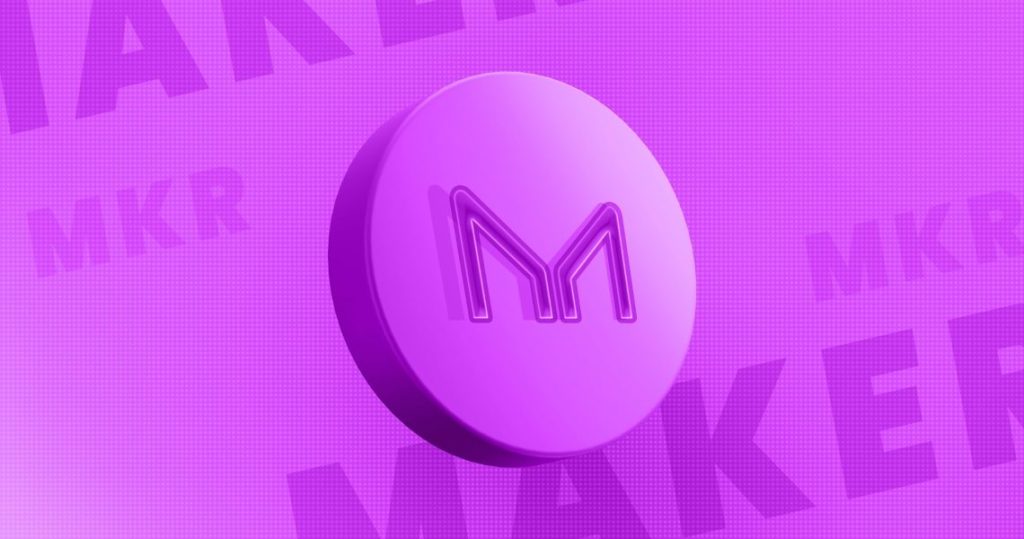
Since its conception, MakerDAO, a popular Ethereum-based blockchain technology, has been at the forefront of decentralized finance (DeFi).
One of its creative ideas, the Collateralized Debt Position (CDP) mechanism, has sparked substantial interest in the blockchain industry.
A central principle of MakerDAO’s CDP system is that the collateral locked must always be greater than 150% of the DAI created.
This safety mechanism provides system stability while mitigating the hazards associated with market changes.
The system will immediately commence the liquidation procedure if the collateral’s value falls below the threshold due to market fluctuations.
The collateral is liquidated to repay the DAI loan, with a 13% liquidation penalty and 8.5% stability fees, which maintain the integrity of the DAI stablecoin.
Raft Finance- R
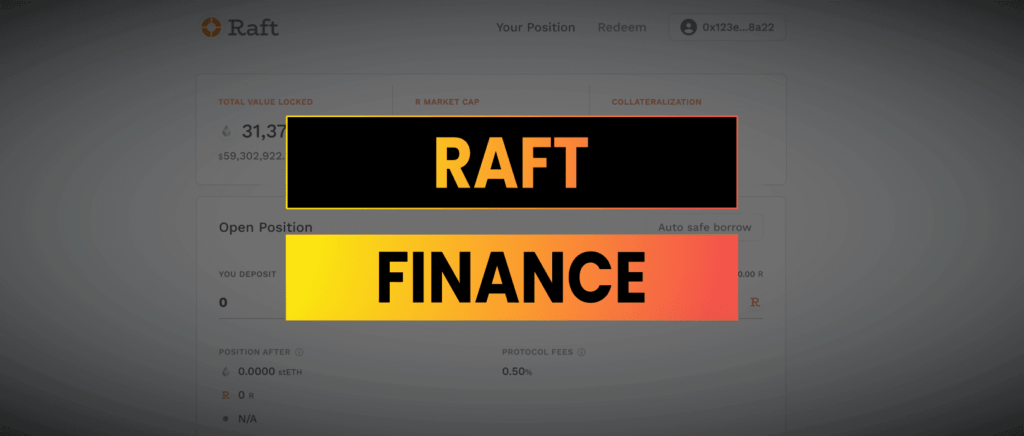
Raft Finance takes an innovative approach, providing a lending and borrowing platform based on the old CDP model and collateralizing it with wstETH to create the stablecoin R.
Raft Finance has set its eyes on being a big player in the DeFi sector, which is now dominated by Lybra Finance and other LSDfi ventures.
Using a conventional CDP (Collateralized Debt Position) paradigm, the platform allows users to lock up wstETH as collateral, allowing them to manufacture stablecoin R.
This collateralization technique promotes stability and security, allowing consumers to borrow and lend confidently.
Lybra Finance- eUSD
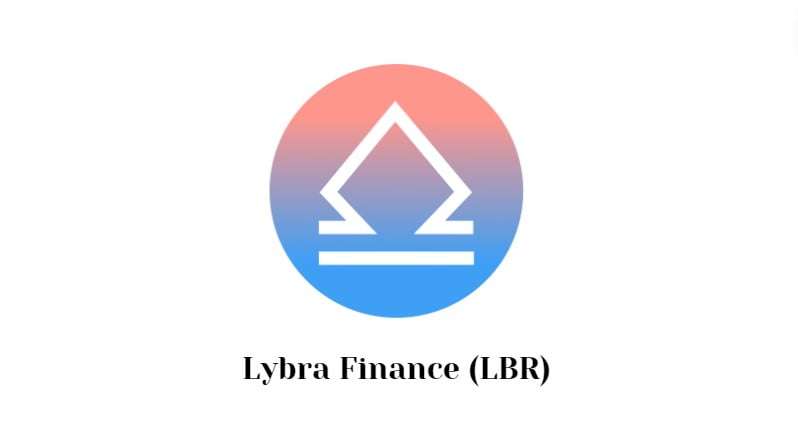
Lybra Finance allowed users to use their ETH/stETH holdings as collateral to create eUSD, the platform’s stablecoin, without any fees, including loans.
This unique strategy distinguishes Lybra from its rivals, offering users exceptional chances to utilize their assets and generate passive income.
Lybra Finance differentiates itself from traditional CDP platforms by offering eUSD as a yield-bearing asset. By holding this stablecoin in their wallets, users can receive passive income through the platform’s inflation token, esLBR.
This innovative idea enables individuals to benefit from a “negative-interest loan,” offering an appealing opportunity in the fast-growing DeFi industry.
Curve Finance- crvUSD
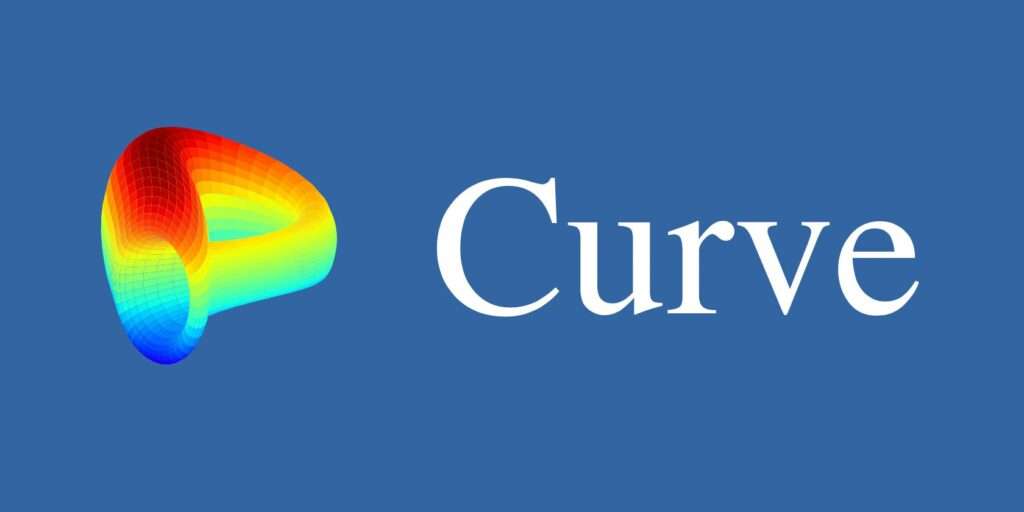
crvUSD is a Stablecoin issued by the Curve Finance protocol and is known for its decentralized nature.
With its introduction, crvUSD is poised to reshape the stablecoin market and unlock exciting opportunities for the Ethereum network and beyond. Curve’s strategic move is to solidify its position in the Stableswap arena.
One notable aspect of crvUSD is its issuance via the CDP mechanism. This strategy guarantees that the stablecoin is supported by reliable and low-risk collateral assets, mainly ETH and BTC.
In addition, the protocol also includes various other assets like wstETH and sfrxETH. There are also plans to integrate more Liquid staked DeFi (LST) assets, which will surely attract more DeFi enthusiasts.
Final Thoughts
Collateralized Debt Positions (CDPs) are a complex financial tool that enables users to generate liquidity while maintaining ownership of their cryptocurrency assets.
Just like any other financial instrument, it is essential for users to thoroughly assess the risks and benefits associated with CDPs before getting involved.
Seeking advice from financial professionals or experts is also advisable. A deep understanding and careful approach is crucial when dealing with CDPs in decentralized finance, as they can bring new opportunities and potential risks.
